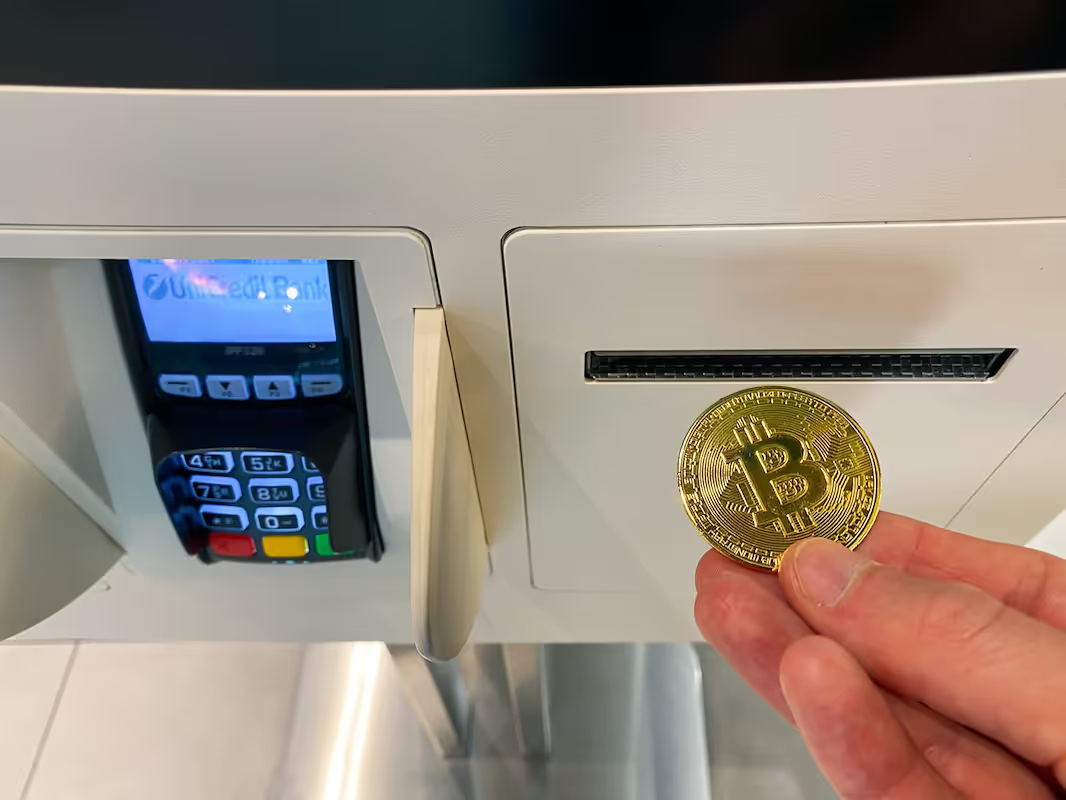Key Takeaways
Single Transaction Setup: A channel factory opens multiple Lightning channels with just 1 on-chain transaction.
Cost Reduction: This method significantly cuts down on the blockchain fees required for channel creation.
Improved Scalability: It provides a more efficient way to onboard many users to the Lightning Network.
What is a Channel Factory?
A channel factory is a mechanism for opening multiple Lightning Network channels in a single Bitcoin transaction. Instead of broadcasting a separate transaction for each new channel, which can be costly, a group of users can pool their funds. This single on-chain event establishes numerous payment channels, drastically reducing the total transaction fees paid in satoshis (sats).
This approach is a significant step forward for scaling Bitcoin. Imagine an exchange needing to open channels for 1,000 new users. A channel factory allows this to happen with one transaction instead of 1,000 separate ones, saving potentially thousands of dollars in fees. This efficiency makes it much cheaper and faster to bring large groups of people onto the Lightning Network.
How Channel Factory Works in Bitcoin
A channel factory functions by constructing a single, large multi-party Bitcoin transaction. Participants pool their funds to create multiple outputs, where each output is a 2-of-2 multisignature address that forms a new payment channel. When this single transaction is confirmed on-chain, it simultaneously activates numerous Lightning channels. This collective action provides a more capital-efficient foundation for network growth.
Benefits of Using a Channel Factory
Channel factories offer substantial improvements for the Lightning Network's growth and user experience. By grouping many channel creations into one event, they make joining the network dramatically cheaper and more efficient. This method is a key building block for bringing Bitcoin to a global scale.
- Costs: Reduced on-chain transaction fees for all participants.
- Scalability: Supports massive onboarding of new users to the network.
- Efficiency: Opens numerous channels with a single on-chain footprint.
- Privacy: Obscures individual channel openings within a larger transaction.
- Speed: Accelerates the setup process for multiple payment channels.
Channel Factory vs. Traditional Payment Channels
The primary distinction lies in how channels are established. A traditional payment channel requires a unique on-chain transaction for each one created, a direct but costly method. Channel factories, in contrast, bundle multiple channel openings into a single, more efficient transaction.
- Expense: Traditional channels are costly due to individual on-chain fees. Factories significantly lower this cost by sharing one transaction fee among many users.
- Onboarding: Factories accelerate the process of bringing many users onto the network at once, while the traditional method is slower for mass adoption.
- Complexity: The one-to-one nature of traditional channels is straightforward. Factories introduce coordination challenges among multiple participants.
Channel Factory Use Cases in Banking
This is how you could use a channel factory for banking operations.
A financial institution acts as a coordinator, gathering clients who require new payment channels for services.
It then builds a single, large on-chain transaction that pools funds from all participants.
Once this transaction is confirmed on the blockchain, it simultaneously opens hundreds or thousands of individual channels.
These new channels are then ready for immediate use, facilitating high-volume, low-fee payments like cross-border transfers.
Future Developments in Channel Factory Technology
Future work on channel factories will likely focus on deeper integration with Bitcoin protocol upgrades like Taproot. This would offer greater privacy and even lower costs by making factory transactions indistinguishable from standard ones. Research is also exploring more dynamic factory models that allow for adding or removing participants more flexibly.
As the technology matures, expect to see its direct integration into major wallets and exchanges, simplifying the user experience. This will make mass onboarding to the Lightning Network a background process, requiring minimal user interaction. The ultimate goal is a system where large-scale channel management is completely automated for institutions and individuals.
Channel Factories and the Lightning Network
A channel factory is an architectural strategy for constructing the Lightning Network's foundation. It operates on Bitcoin's base layer to create numerous entry points—the payment channels—for the second-layer network. This is achieved through a single transaction that establishes multiple distinct channel funding outputs. By batching these openings, it solves a fundamental economic hurdle for Lightning's expansion: on-chain fees. This makes the network's promise of instant, low-cost payments viable at a massive scale.
Join The Money Grid
To see these principles in action, you can use platforms like Lightspark, which provides the infrastructure to achieve the mass-onboarding goals of a channel factory. Their services focus on enterprise-grade Lightning node management and instant, global Bitcoin payments, connecting current financial systems to Bitcoin's open network. This allows you to access the full potential of digital money through their Money Grid, a global payments network built on Bitcoin's foundation.


